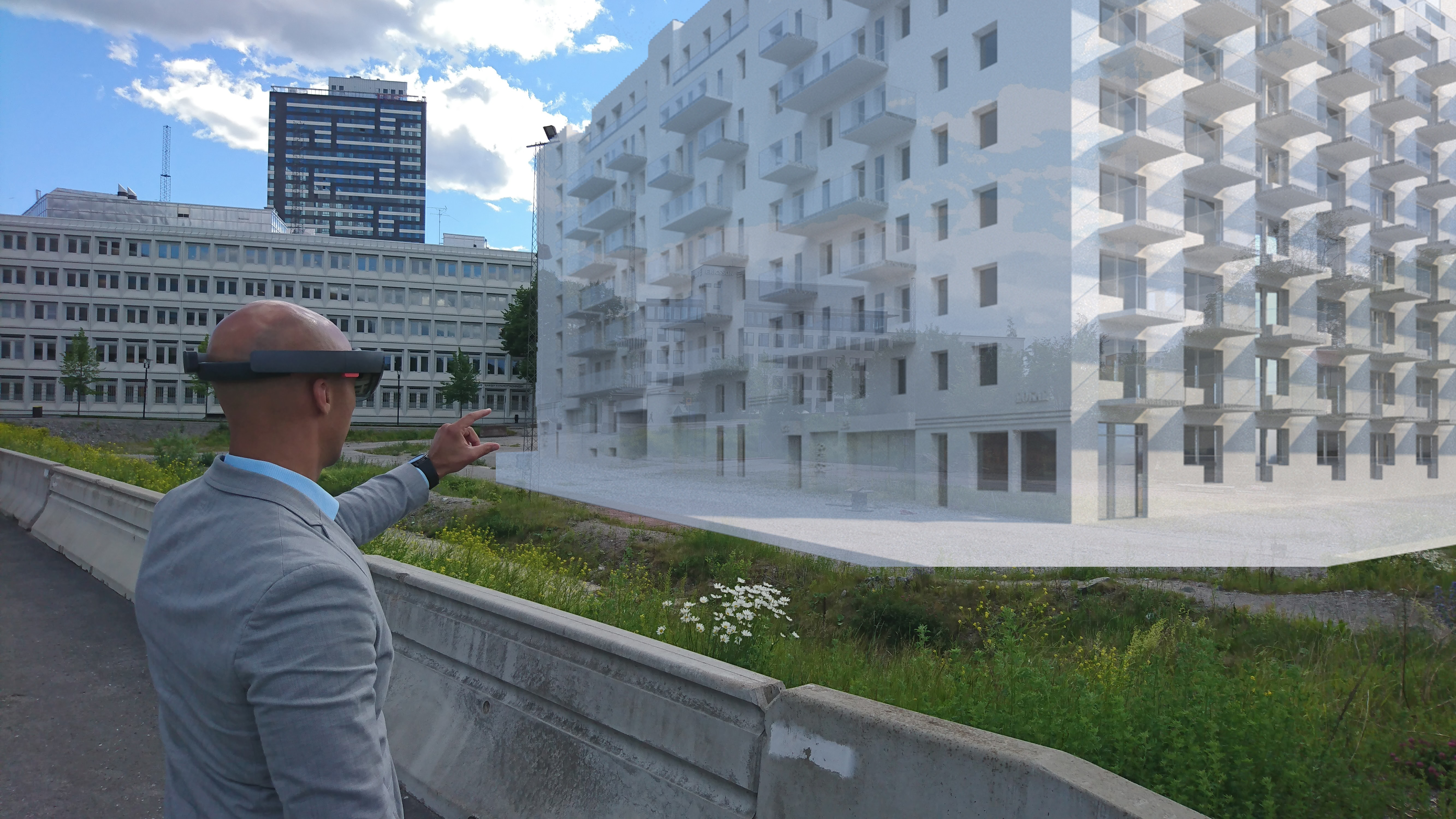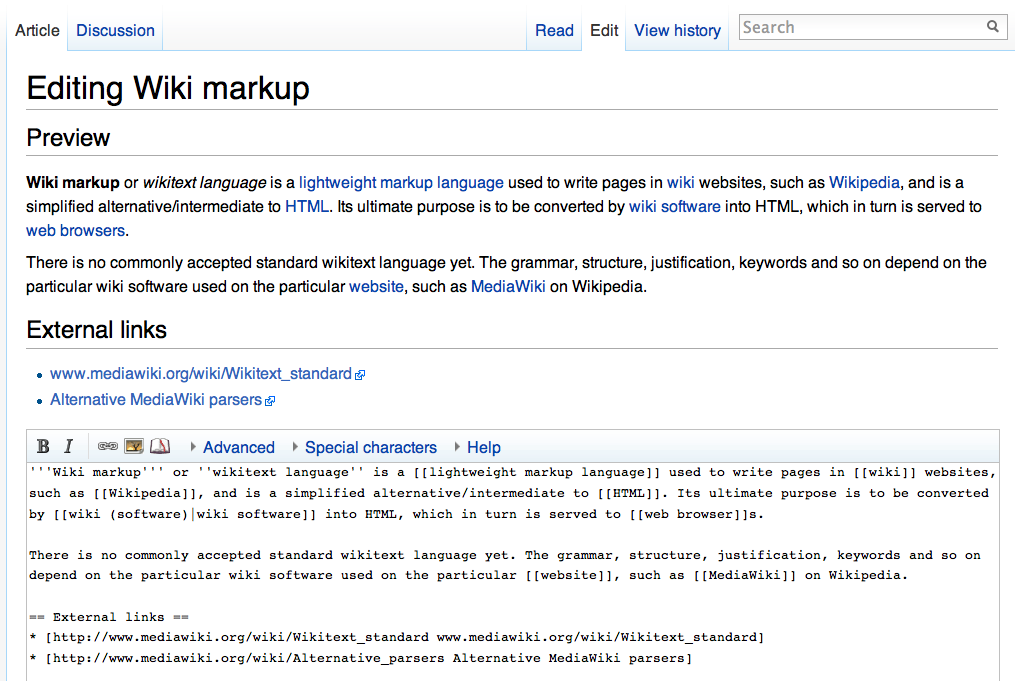|
Rainbows End (Vinge Novel)
''Rainbows End'' is a 2006 science fiction novel by Vernor Vinge. It was awarded the 2007 Hugo Award for Best Novel. The book is set in San Diego, California, in 2025, in a variation of the fictional world Vinge explored in his 2002 Hugo-winning novella " Fast Times at Fairmont High" and 2004's "Synthetic Serendipity". Vinge had tentative plans for a sequel, picking up some of the loose threads left at the end of the novel. The many technological advances depicted in the novel suggest that the world is undergoing ever-increasing change, following the technological singularity, a recurring subject in Vinge's fiction and nonfiction writing. Plot summary Thanks to advances in medical technology, Robert Gu is slowly recovering from Alzheimer's disease. As his faculties return, Robert (who has always been technophobic) must adapt to a different world, where almost every object is networked and mediated-reality technology is commonplace. Robert, formerly a world-renowned poet but ... [...More Info...] [...Related Items...] OR: [Wikipedia] [Google] [Baidu] |
Vernor Vinge
Vernor Steffen Vinge (; October 2, 1944 – March 20, 2024) was an American science fiction author and professor. He taught mathematics and computer science at San Diego State University. He was the first wide-scale popularizer of the technological singularity concept and among the first authors to present a fictional "cyberspace".. Revised and expanded from "Viewpoint", ''Communications of the ACM'' 32 (6): 664–65, 1989, . He won the Hugo Award for his novels '' A Fire Upon the Deep'' (1992), '' A Deepness in the Sky'' (1999), and '' Rainbows End'' (2006), and novellas '' Fast Times at Fairmont High'' (2001) and '' The Cookie Monster'' (2004). Writing career Vinge published his first short story, "Apartness", in the June 1965 issue of the British magazine '' New Worlds''. His second, " Bookworm, Run!", was in the March 1966 issue of '' Analog Science Fiction'', then edited by John W. Campbell. The story explores the theme of artificially augmented intelligence by conn ... [...More Info...] [...Related Items...] OR: [Wikipedia] [Google] [Baidu] |
Augmented Reality
Augmented reality (AR), also known as mixed reality (MR), is a technology that overlays real-time 3D computer graphics, 3D-rendered computer graphics onto a portion of the real world through a display, such as a handheld device or head-mounted display. This experience is seamlessly interwoven with the physical world such that it is perceived as an immersion (virtual reality), immersive aspect of the real environment. In this way, augmented reality alters one's ongoing perception of a real-world environment, compared to virtual reality, which aims to completely replace the user's real-world environment with a simulated one. Augmented reality is typically visual, but can span multiple sensory Modality (human–computer interaction), modalities, including Hearing, auditory, haptic perception, haptic, and Somatosensory system, somatosensory. The primary value of augmented reality is the manner in which components of a digital world blend into a person's perception of the real world, ... [...More Info...] [...Related Items...] OR: [Wikipedia] [Google] [Baidu] |
Quis Custodiet Ipsos Custodes?
is a Latin phrase found in the '' Satires'' (Satire VI, lines 347–348), a work of the 1st–2nd century Roman poet Juvenal. It may be translated as "Who will guard the guards themselves?" or "Who will watch the watchmen?". The original context deals with the problem of ensuring marital fidelity, though the phrase is now commonly used more generally to refer to the problem of controlling the actions of persons in positions of power, an issue discussed by Plato in the ''Republic''. It is not clear whether the phrase was written by Juvenal, or whether the passage in which it appears was interpolated into his works. Original context The phrase, as it is normally quoted in Latin, comes from the ''Satires'' of Juvenal, the 1st–2nd century Roman satirist. Although in its modern usage the phrase has wide-reaching applications to concepts such as tyrannical governments, uncontrollably oppressive dictatorships, and police or judicial corruption and overreach, in context within Juv ... [...More Info...] [...Related Items...] OR: [Wikipedia] [Google] [Baidu] |
Ubiquitous Computing
Ubiquitous computing (or "ubicomp") is a concept in software engineering, hardware engineering and computer science where computing is made to appear seamlessly anytime and everywhere. In contrast to desktop computing, ubiquitous computing implies use on any device, in any location, and in any format. A user interacts with the computer, which can exist in many different forms, including laptop computers, tablets, smart phones and terminals in everyday objects such as a refrigerator or a pair of glasses. The underlying technologies to support ubiquitous computing include the Internet, advanced middleware, kernels, operating systems, mobile codes, sensors, microprocessors, new I/Os and user interfaces, computer networks, mobile protocols, global navigational systems, and new materials. This paradigm is also described as pervasive computing, ambient intelligence, or "everyware". Each term emphasizes slightly different aspects. When primarily concerning the objects involve ... [...More Info...] [...Related Items...] OR: [Wikipedia] [Google] [Baidu] |
Greg Egan
Greg Egan (born 20 August 1961) is an Australian science fiction writer and mathematician, best known for his works of hard science fiction. Egan has won multiple awards including the John W. Campbell Memorial Award, the Hugo Award, and the Locus Award. Life and work Egan holds a Bachelor of Science degree in mathematics from the University of Western Australia. He published his first work in 1983. He specialises in hard science fiction stories with mathematical and quantum ontology themes, including the nature of consciousness. Other themes include genetics, simulated reality, posthumanism, mind uploading, sexuality, artificial intelligence, and the superiority of rational naturalism to religion. He often deals with complex technical material, like new physics and epistemology. He is a Hugo Award winner (with eight other works shortlisted for the Hugos) and has also won the John W. Campbell Memorial Award for Best Science Fiction Novel. His early stories feature strong ... [...More Info...] [...Related Items...] OR: [Wikipedia] [Google] [Baidu] |
Terry Pratchett
Sir Terence David John Pratchett (28 April 1948 – 12 March 2015) was an English author, humorist, and Satire, satirist, best known for the ''Discworld'' series of 41 comic fantasy novels published between 1983 and 2015, and for the Apocalyptic and post-apocalyptic fiction, apocalyptic comedy novel ''Good Omens'' (1990), which he co-wrote with Neil Gaiman. Pratchett's first novel, ''The Carpet People'', was published in 1971. The first ''Discworld'' novel, ''The Colour of Magic'', was published in 1983, after which Pratchett wrote an average of two books a year. The final ''Discworld'' novel, ''The Shepherd's Crown'', was published in August 2015, five months after his death. With more than 100 million books sold worldwide in 43 languages, Pratchett was the UK's best-selling author of the 1990s. He was appointed an Officer of the Order of the British Empire (OBE) in 1998 and was Knight Bachelor, knighted for services to literature in the 2009 New Year Honours. In 2 ... [...More Info...] [...Related Items...] OR: [Wikipedia] [Google] [Baidu] |
Second Life
''Second Life'' is a multiplayer virtual world that allows people to create an Avatar (computing), avatar for themselves and then interact with other users and user-created content within a multi-user online environment. Developed for personal computers by the San Francisco-based firm Linden Lab, it launched on June 23, 2003 and saw rapid growth for some years; in 2013 it had approximately one million regular users. Growth eventually stabilized, and by the end of 2017, the active user count had fallen to "between 800,000 and 900,000". In many ways, ''Second Life'' is similar to massively multiplayer online role-playing game, massively multiplayer online role-playing video games; nevertheless, Linden Lab is emphatic that their creation is not a game: "There is no manufactured conflict, no set objective." The virtual world can be accessed freely via Linden Lab's own Client (computing), client software or via alternative third-party viewers. ''Second Life'' users, also called 'r ... [...More Info...] [...Related Items...] OR: [Wikipedia] [Google] [Baidu] |
Wiki
A wiki ( ) is a form of hypertext publication on the internet which is collaboratively edited and managed by its audience directly through a web browser. A typical wiki contains multiple pages that can either be edited by the public or limited to use within an organization for maintaining its internal knowledge base. Its name derives from the first user-editable website called " WikiWikiWeb," with "wiki" being a Hawaiian word meaning "quick." Wikis are powered by wiki software, also known as wiki engines. Being a form of content management system, these differ from other web-based systems such as blog software or static site generators in that the content is created without any defined owner or leader. Wikis have little inherent structure, allowing one to emerge according to the needs of the users. Wiki engines usually allow content to be written using a lightweight markup language and sometimes edited with the help of a rich-text editor. There are dozens of differ ... [...More Info...] [...Related Items...] OR: [Wikipedia] [Google] [Baidu] |
Telephone Number Mapping
Telephone number mapping is a system of unifying the international telephone number system of the public switched telephone network with the Internet addressing and identification name spaces. Internationally, telephone numbers are systematically organized by the E.164 standard, while the Internet uses the Domain Name System (DNS) for linking domain names to IP addresses and other resource information. Telephone number mapping systems provide facilities to determine applicable Internet communications servers responsible for servicing a given telephone number using DNS queries. The most prominent facility for telephone number mapping is the E.164 number to URI mapping (ENUM) standard. It uses special DNS record types to translate a telephone number into a Uniform Resource Identifier (URI) or IP address that can be used in Internet communications. Rationale Being able to dial telephone numbers the way customers have come to expect is considered crucial for the convergence of cla ... [...More Info...] [...Related Items...] OR: [Wikipedia] [Google] [Baidu] |
Schematic
A schematic, or schematic diagram, is a designed representation of the elements of a system using abstract, graphic symbols rather than realistic pictures. A schematic usually omits all details that are not relevant to the key information the schematic is intended to convey, and may include oversimplified elements in order to make this essential meaning easier to grasp, as well as additional organization of the information. For example, a subway map intended for passengers may represent a subway station with a dot. The dot is not intended to resemble the actual station at all but aims to give the viewer information without unnecessary visual clutter. A schematic diagram of a chemical process uses symbols in place of detailed representations of the vessels, piping, valves, pumps, and other equipment that compose the system, thus emphasizing the functions of the individual elements and the interconnections among them and suppresses their physical details. In an electronic circuit d ... [...More Info...] [...Related Items...] OR: [Wikipedia] [Google] [Baidu] |
Latency (engineering)
Latency, from a general point of view, is a time delay between the Causality, cause and the effect of some physical change in the system being observed. Lag (video games), Lag, as it is known in Gaming culture, gaming circles, refers to the latency between the input to a simulation and the visual or auditory response, often occurring because of network delay in online games. The original meaning of “latency”, as used widely in psychology, medicine and most other disciplines, derives from “latent”, a word of Latin origin meaning “hidden”. Its different and relatively recent meaning (this topic) of “lateness” or “delay” appears to derive from its superficial similarity to the word “late”, from the old English “laet”. Latency is physically a consequence of the limited velocity at which any Event (relativity), physical interaction can propagate. The magnitude of this velocity is always less than or equal to the speed of light. Therefore, every physical s ... [...More Info...] [...Related Items...] OR: [Wikipedia] [Google] [Baidu] |
Packet Delay Variation
In computer networking, packet delay variation (PDV) is the difference in end-to-end one-way delay between selected packets in a flow with any lost packets being ignored. The effect is sometimes referred to as packet jitter, although the definition is an imprecise fit. Terminology The term ''PDV'' is defined in ITU-T Recommendation Y.1540Internet protocol data communication service - IP packet transfer and availability performance parameters section 6.2. In computer networking, although not in electronics, usage of the term '' jitter'' may cause confusion. From RFC 3393 (section 1.1): The variation in packet delay is sometimes called "jitter". This term, however, causes confusion because it is used in different ways by different groups of people. ... In this document we will avoid the term "jitter" whenever possible and stick to delay variation which is more precise. Measurement of packet delay variation The means of packet selection for measurement is not specified in ... [...More Info...] [...Related Items...] OR: [Wikipedia] [Google] [Baidu] |



